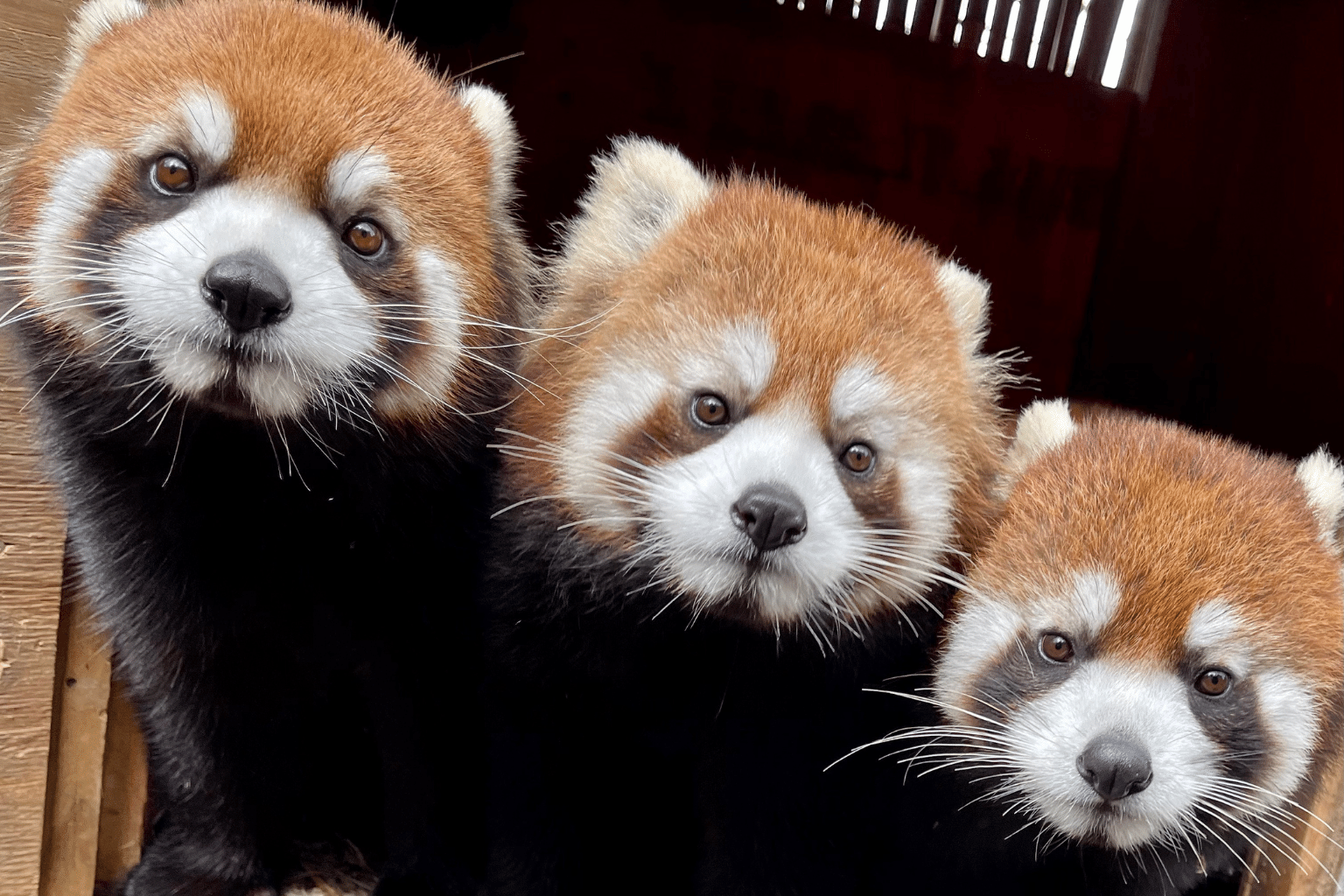Red Panda Representation In The Media: A Different Kind of Conservation
The popularity of red pandas will rise with the release of Pixar's "Turning Red." The film may also help raise support for the conservation of this endangered species.
When people think of red panda conservation, they often think of it as a battle on two fronts: in situ conservation and ex situ conservation.
In situ conservation is the work being done in the wild, including much of what Red Panda Network does. Planting red panda homes, tracking wild pandas, and our Forest Guardians in Nepal are all great examples of in situ conservation efforts. Ex situ conservation is the work being done away from where pandas live. This work includes the studies and breeding programs being done in zoos, as well as the preservation of genetic materials of endangered species. However, there is another area to consider when thinking about how we can save red pandas, and it’s an area where many people can help, and where a little studio known as Pixar is about to give us all a big boost! I’m talking, of course, about the media.
Let’s be clear: red pandas are awesome and adorable! They are practically the definition of the term “charismatic species,” a term conservationists use to describe megafauna that is particularly lovable or considered symbolic. It is significantly easier to convince people to care about a charismatic species than, say, the Eastern Hellbender, an endangered species that looks super slimy, has an unfortunate name, and is often referred to as a “snot otter.”
So the question becomes, if red pandas are so charismatic, why aren’t more people involved in saving them? And the answer is that there are still many people who have never seen or heard of a red panda! However, that’s all about to change! In 2022, Pixar is releasing a movie called “Turning Red.” It’s the tale of a 13-year-old girl who is just going through her everyday life and facing the challenges we all faced at that age…puberty, crushes, school work…but with one tiny difference. When she gets too excited, she transforms into a large red panda!
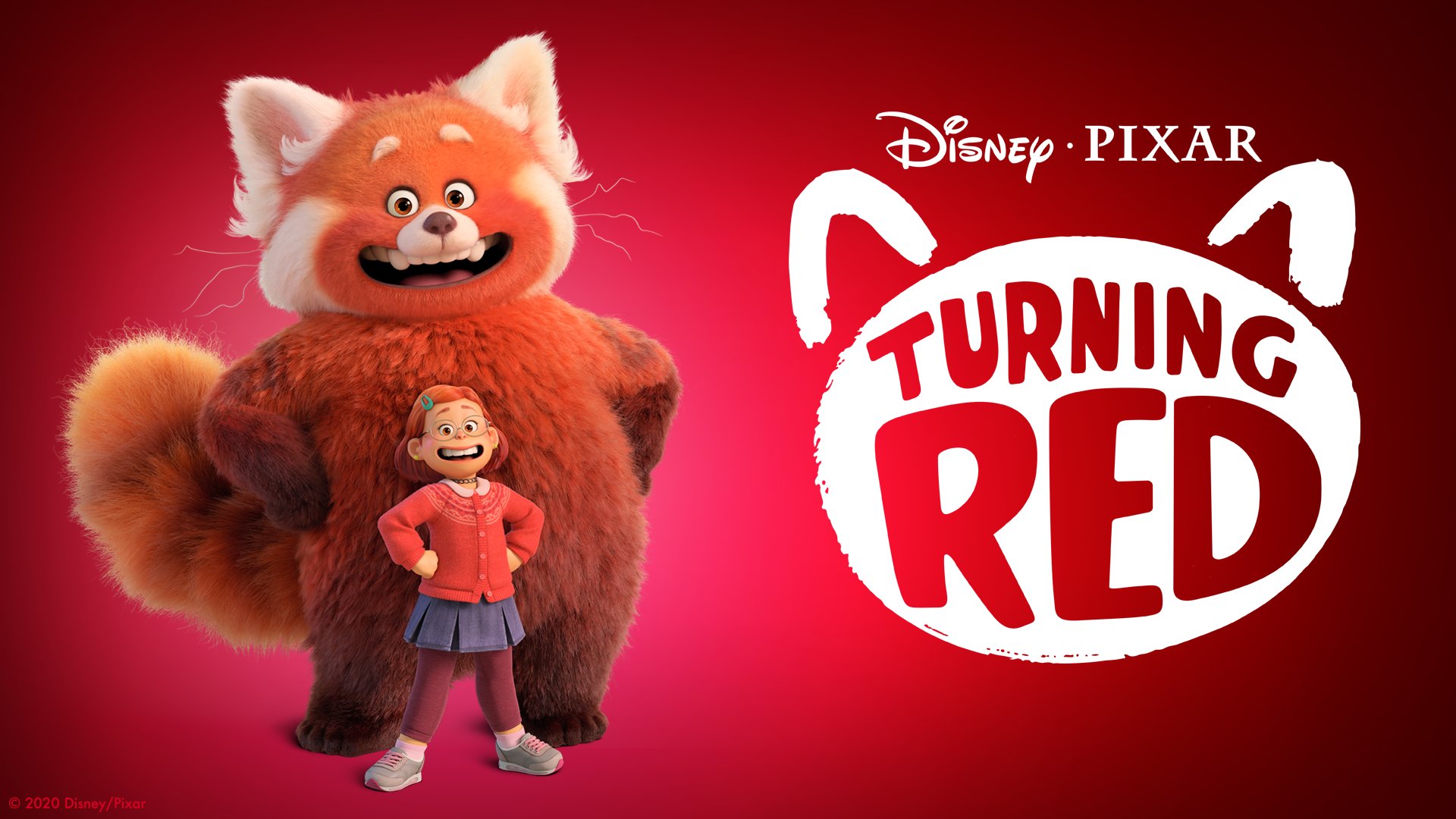
Pixar's "Turning Red" is set to be released on March 11, 2022.
“Turning Red,” coupled with other recent red panda appearances in the media, bodes well for the popularity of the species. In recent years you can find red pandas in “Kung Fu Panda (Master Shifu)”, the second season of “His Dark Materials, (Pan),” and Pabu, who is a mix of a red panda and a ferret featured in the “Avatar: The Last Airbender” tv show. There are also well-known virtual clips such as the one featuring a red panda startled by a rock that gets spread around social media sites.
There are definitely people in the animal care world who are not huge fans of characters being based on the animals they love, and I can understand some of the arguments for this way of thinking. One of the biggest concerns is that animated animals are always subject to at least some anthropomorphism (attributing human characteristics to non-human animals), which can lead people to think of animals in human terms rather than as their own incredible and unique species. This is a valid concern.
With that said, it is my firm belief that the benefits outweigh the costs when it comes to an animal like the red panda. Think about it. It is almost impossible to go to an aquarium nowadays without hearing every child (and plenty of adults) exclaim “Nemo!” or “Dory!” as they see clownfishes and royal blue tangs. These people care about these animals precisely because they first cared about Nemo and Dory. A movie like this can represent a major turning point for a species like the red panda.
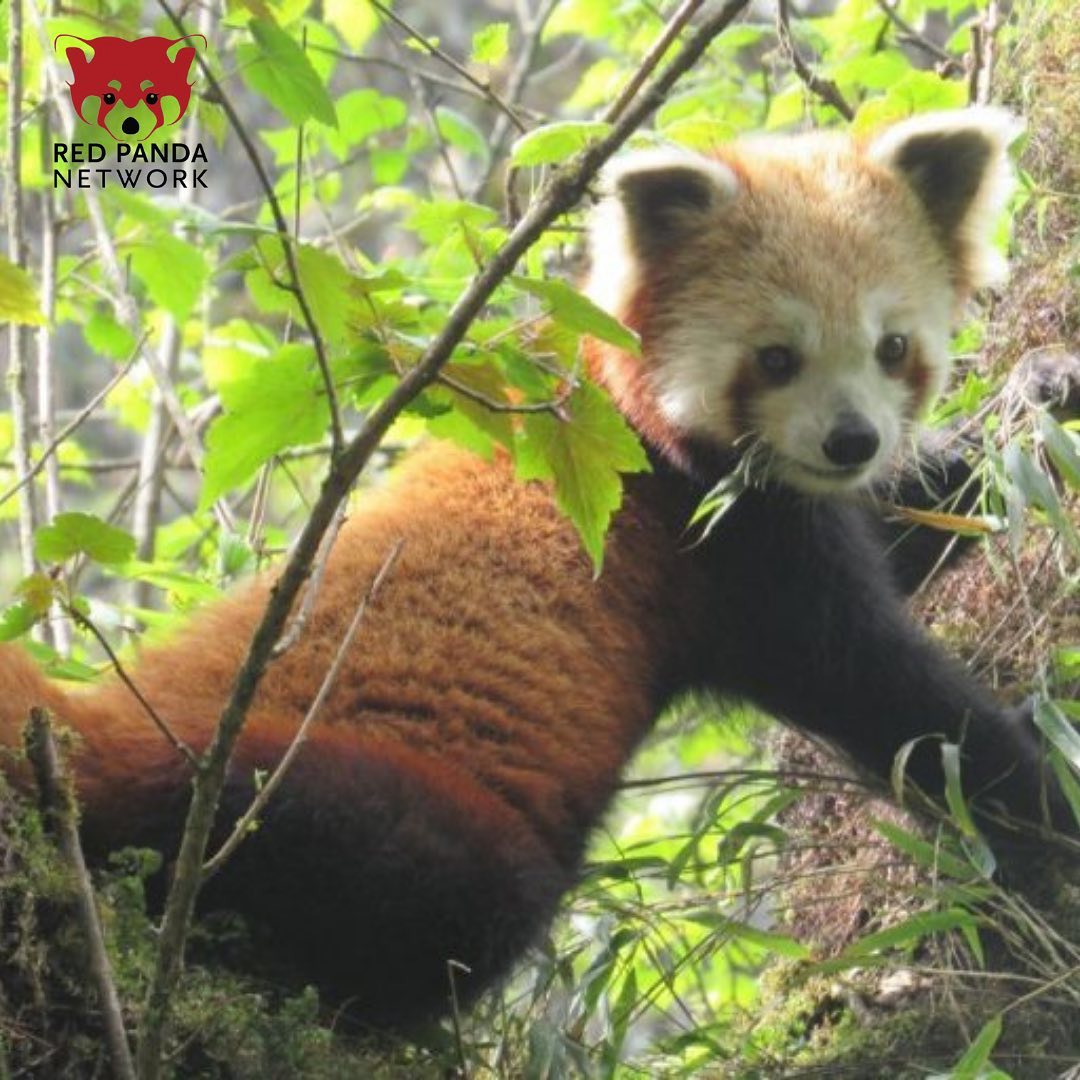
Wild red panda in eastern Nepal. © RPN
Along with the actual movie, think about all the red panda merch we are about to see available at retailers like Walmart and Target! There are about to be a bunch of books, toys, and items of clothing featuring a member of our favorite species, and there are going to be a lot of children (and parents) that are reminded about them every time they walk through a toy aisle.
One need look no further than to the “other” panda out there, the giant panda, to see how important general awareness of a species is to its conservation. When the World Wildlife Foundation (WWF) was founded in 1961, they decided to make the giant panda the symbol of their organization, and launched an incredible awareness campaign about the species. Citizens in the United States became particularly fascinated by the bears, and by the time President Nixon visited China in 1972 in an attempt to improve relations, his wife, Pat, was in love with giant pandas. At a dinner in Beijing, the First Lady mentioned her love of pandas to Chinese Premier Zhou Enlai, who responded by saying, “I’ll give you some.” Two months later, Ling-Ling and Hsing-Hsing arrived at the Smithsonian’s National Zoo in Washington, D.C., and it was national news. Ever since then, people from all around the country, and the world, have planned trips to D.C. just to see the pandas that live there, along with the ones in the few other U.S. zoos that have them (currently Memphis and Atlanta).
As the public’s awareness of panda bears grew, so too did donations to the WWF, the Smithsonian Zoo, and other organizations that were trying to help fight against the wild extinction the bears were facing. The combination of awareness and funding led to amazing work being done to save the giant panda, to the point that in 2016, their official status was changed from “endangered” to “vulnerable.” While by no means out of the woods yet, giant panda populations are definitely trending in the right direction, thanks largely to the effects produced by the mass awareness of this charismatic species.
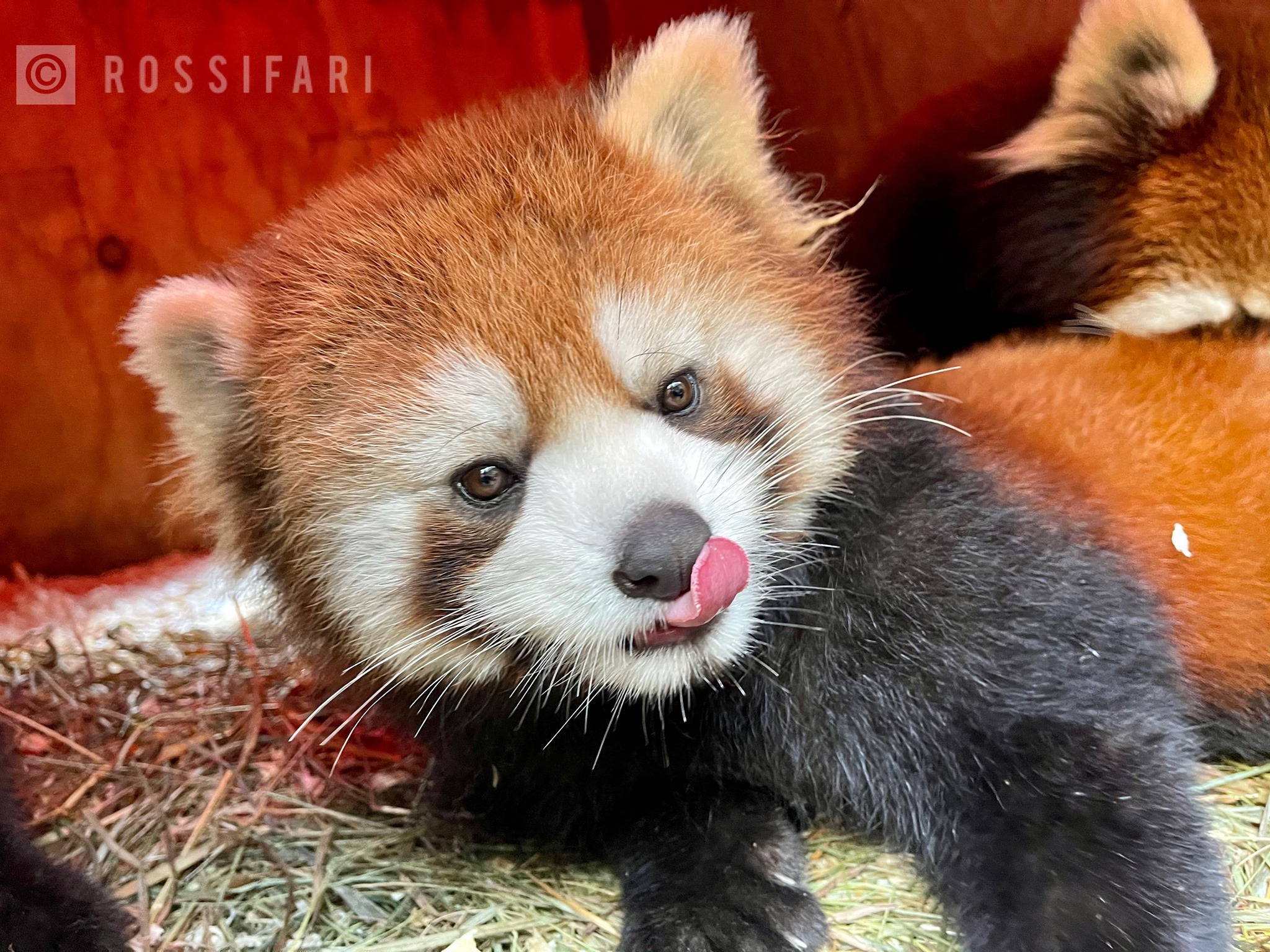
Red panda "Bandit" at Columbus Zoo. © Rossifari
And as for red pandas? Well, they share a name, a love of bamboo, and a pseudo-thumb with giant pandas. Why not share a growing population as well? “Turning Red” represents an amazing opportunity for the red panda conservation movement. A whole generation is about to learn what a red panda is from the same studio that has aquarium employees dreading the name Nemo now.
As red panda fans, it is important that we not only use this film for awareness, but for a true conservation education purpose. There is always the threat that increased awareness will lead to an increased demand for red pandas is the illegal pet trade. While Red Panda Network has taken many steps to curb the illegal panda trade already, there is still much work to be done. It is imperative that we use this movie to encourage a love of red pandas while doing as much as possible to tamper down any inflamed desires for pandas as pets, or for panda pelts.
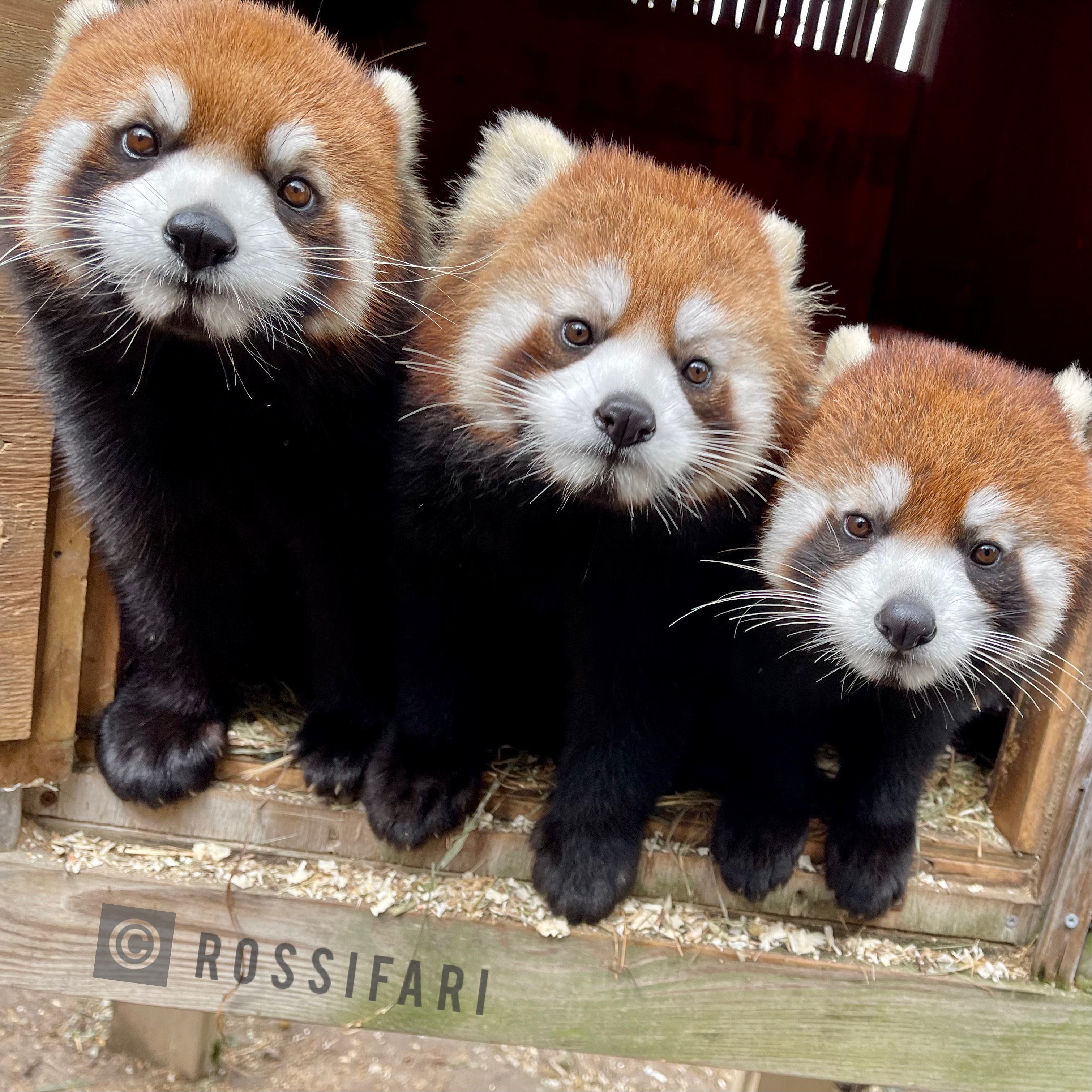
Kora, Bandit, and Santi at Columbus Zoo. © Rossifari
And don’t forget, thanks to your Instagram, Twitter, and Facebook accounts, you can all use your own social media to educate people as well. Share adorable photos and videos of red pandas that you take or find online! Share promotional images from “Turning Red.” Include a link to Red Panda Network, and use those moments to teach others about this incredible charismatic species we all love so much! In the process, make sure you aren’t just sharing the cuteness, but also important conservation facts. Use the hashtag #nopandapets to spread awareness about our No Panda Pets campaign. Include links not just to “Turning Red” trailers, but to pages that explain the importance of conservation efforts, and how seeing pandas in zoos, or taking a Red Panda Network ecotrip, is a better option than trying to have a panda pet.
We have all seen how effective awareness campaigns such as International Red Panda Day, and the incredible birthday fundraisers so many of you do for us on Facebook and across other social media platforms, can be. Let’s all unite and use the incredible opportunity presented by “Turning Red” to raise awareness for the conservation of red pandas!
Jon Rossi
Writing and Communications Volunteer
Red Panda Network
Jon is the founder of the Rossifari brand, Instagram page and podcast.

